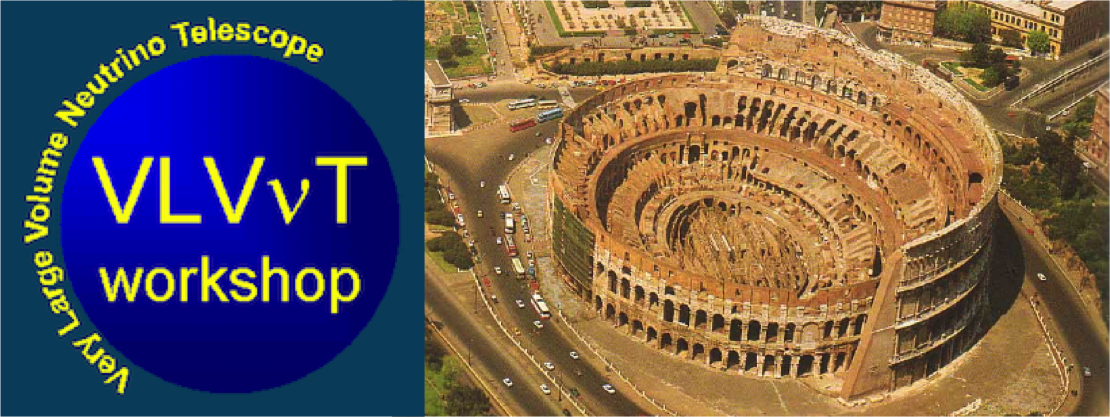Speaker
Patrick Lamare
(CNRS)
Description
The MEUST (Mediterranean Eurocentre for Underwater Sciences and Technologies) is a permanent deep sea cabled infrastructure currently being deployed off shore of Toulon, France. MEUST is shared between the neutrino physics and astro-physics communities in the context of the European KM3NeT project, and the Environmental Science communities as the West-Ligurian site of the EMSO European network of submarine observatories. The MEUST submarine network has a modular and extendable topology which will allow hosting up to 120 neutrino detection units and to instrument a seafloor area with sea science sensors.
The MEUST terrestrial base is located in La Seyne sur Mer near Toulon, where a new building is planned to host the technical activities, including a control room of the infrastructure. The MEUST submarine site has been selected after intensive characterization campaigns conducted in the past years leading to the choice of the site located ~40km offshore of Toulon at a depth of 2500m and 15km west of the Antares site. The full MEUST submarine network has up to 6 nodes connected to the shore by two Main Electro Optical Cables (MEOC). The MEOCs are standard telecommunication cables with optical fibres for data transfer and one electrical conductor for power transfer. The nodes are equipped each with 8 wet mate-able connectors allowing to connect at least 20 neutrino detection units (daisy chained by 4) and a set of environmental instruments, with some redundancy. The power transfer is performed in HV AC with sea return, as for Antares, and provides a usable power of ~10kW on each node (~1kW/connector). A dedicated control/command system controls the power and optical systems. The data transfer uses Dense Wavelength Division Multiplexing (DWDM). The proposed talk will focus on the design and the status of the infrastructure with the first lessons learnt from the ongoing deployments.
Author
Patrick Lamare
(CNRS)
